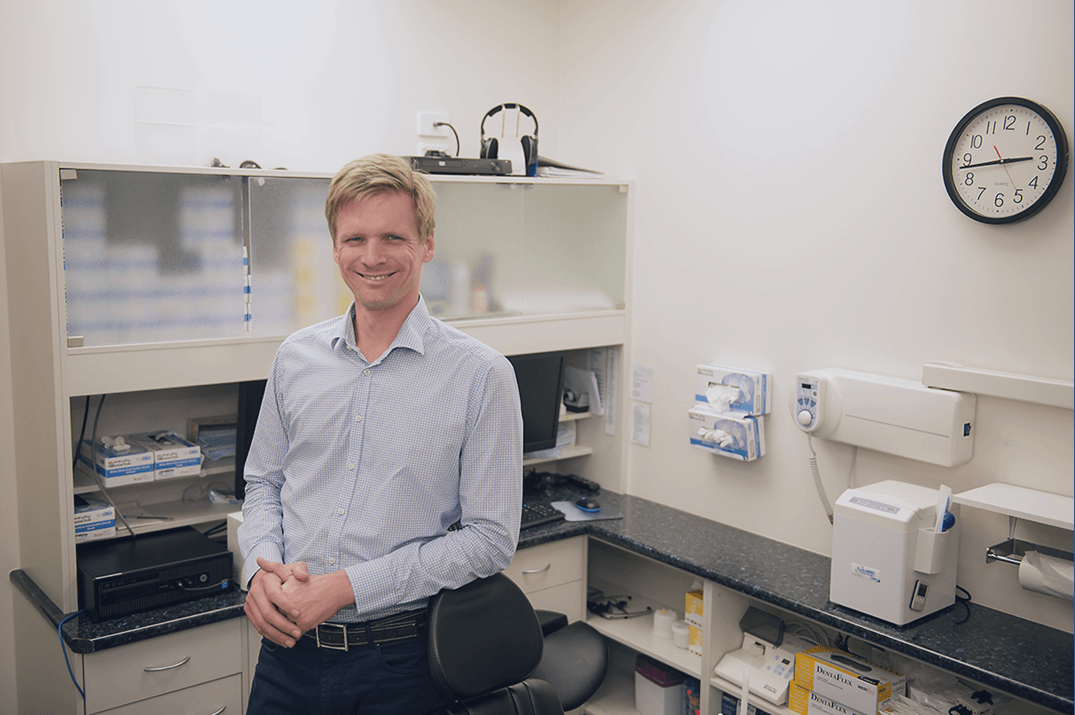When to deliver the treatment plan
One of the greatest difficulties is knowing whether to deliver a treatment plan immediately or after a few days or weeks.
I used to be firmly in the first visit delivery camp.
I'll tell you how and why I changed
In our practice, patients come in three ways:
1. Time for cleaning
2. Toothache.
3. Consultation about something significant.
The patient that schedules for a six monthly checkup or to have their teeth cleaned almost universally has no perceived need. They come knowing there is nothing wrong and they just need scaling.
Unless there is something urgent, or they are a long standing patient, it is rare that I would deliver any significant treatment planning at this visit.
I would still take a full set of photos and go over the state of their mouth with them. In this case, I'm not trying to deliver a treatment plan, but I am raising awareness. A patient cannot be concerned about what they don't know.
And just like us, a patient cannot go from no knowledge to knowledge instantaneously. It takes time. Not to receive the knowledge, but to also accept it.
Of course, all this is overlaid by the patients values.
Values plus knowledge lead to decisions
However, we cannot create the patient's values. We can however uncover them.
Most of us don't think about what it would be like to be an amputee. So we value our legs, but we don't think about it much.
The second group is the toothache patient
These are of two sorts: the one hit wonder and the avoider.
The one hit wonder wants their toothache dealt with and nothing else. You still try to show them the state of their mouth, but they may have zero interest.
I still treat these patients with respect and try to do treatment to resolve their toothache. Eventually a time might come when they want to do more treatment and be comprehensive.
Many patients who present with a toothache have been avoiding dentistry for some time. This can be for a variety of reasons. It can be because of fear, money, time, or something else.
Often the toothache is the spur they need to overcome all this. These patients I try to relieve the toothache, but I also start the education on the state of their mouth. This awakening needs to happen prior to a second visit when I do the consult.
I don't like delivering big treatment plans at the first visit for these patients as it is hard for the patient to take in when they have just had a sleepless night, or treatment.
The last group is the consult patient
Those that come in with significant need.
The main factor for deciding whether to deliver immediately or not is the gap between the patient's expectation and reality.
If they come asking about a full arch implant case and wondering if it will be more than $5000, I know there is a mismatch between expectations and reality.
Whenever this is the case, I want to slow down a bit for two reasons:
1. Over time their expectations may come closer to reality, and
2. It gives you more time to develop a relationship. Usually in this group I give a very wide range of fees at the first visit that covers most options so they have something to think about and get used to.
Obviously, there is also some that need a full set of records to plan their treatment because the case is so complex.
These are just a few tips on deciding when to present treatment, and when not to.
If you found this helpful, please comment, share and like.
We also go over this in more detail in RETP, learn more here.






